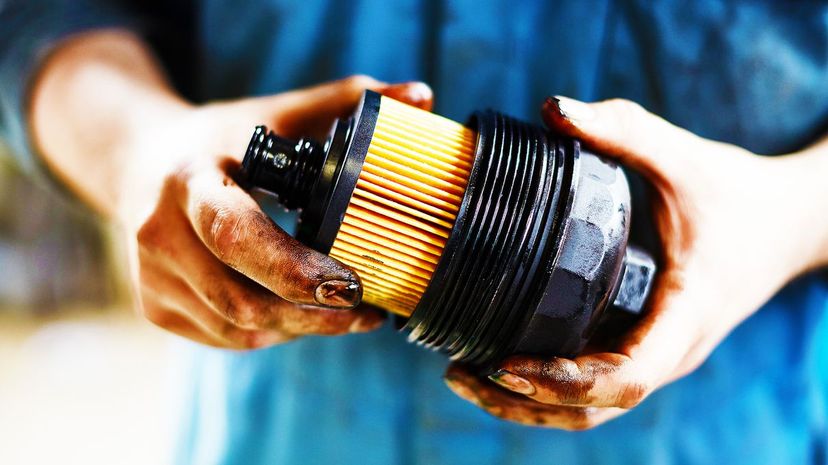
About This Quiz
Imagine it's a warm, sunny day, and you're out in your driveway with your hood up. You wave to your neighbors as they walk by and roll up your sleeves for some fun vehicle maintenance action. Hold on! Do you know what you're doing? Before you start removing bolts and adding fluids, you might want to take a trip around this quiz and see if you're the pit crew member you think you are.
Vehicles are a combination of incredible complex moving parts. Although you might know where to put the gas, it doesn't mean you're qualified to perform specific tasks. The chances are that your driver's education course didn't teach you much along the lines of maintenance. Taking your car to a mechanic every time something feels off can bankrupt you, though. Simple driveway maintenance can easily save you time and money should you do them correctly, but adding the wrong fluid at the wrong time can do much more harm than good.
Beyond knowing traffic laws, good drivers should also have a grasp of what's going on under the hood. A basic understanding of how to maintain your car can keep you running smoothly and off of the side of a potentially dangerous road. Take our quiz and test yourself. You might learn a thing or two!

Adding windshield washer fluid to the wrong reservoir can have disastrous results. Sometimes the antifreeze overflow tank and wiper fluid tank can be quite close to each other on cramped engine compartments. This proximity makes it easy to pour into the incorrect location. Should something like that happen, a full coolant flush should be done to prevent the detergents in the wiper fluid from harming the cooling system.
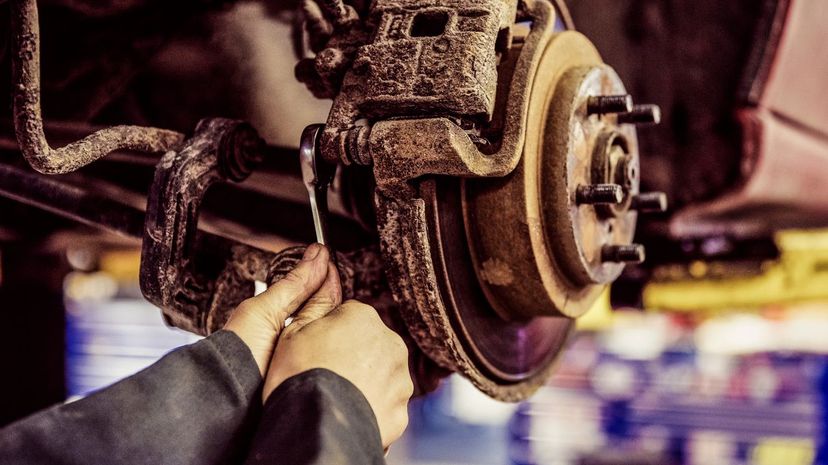
Every single time you press the brake pedal, a little piece of your brake pad dies. Since the brake pads are hidden from sight and hard to inspect, wear sensors are built into them. These sensors are utilized in all pads and are either a mechanical bit or a higher-tech electronic sensor. The first method causes the pad to emit a squeal every time they are depressed. On the electronic versions, once the pad is worn to a certain level, a service brake light is triggered in the cluster.
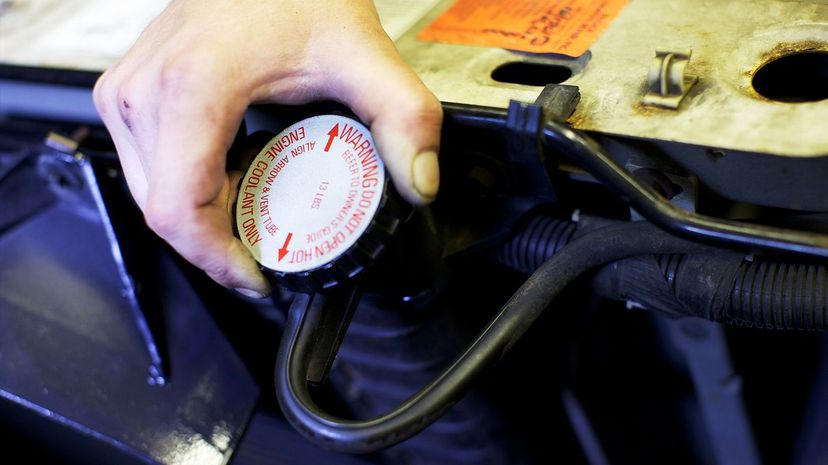
One thing is for sure, just adding water to your radiator is not good for your cooling system. In a pinch, water can be used to get you out of a bind, like overheating on the side of the road, but isn't suitable for long term use. All types of antifreeze aren't created equal, though! Examples include 50/50, full-strength and even Asian-car specific.
Advertisement
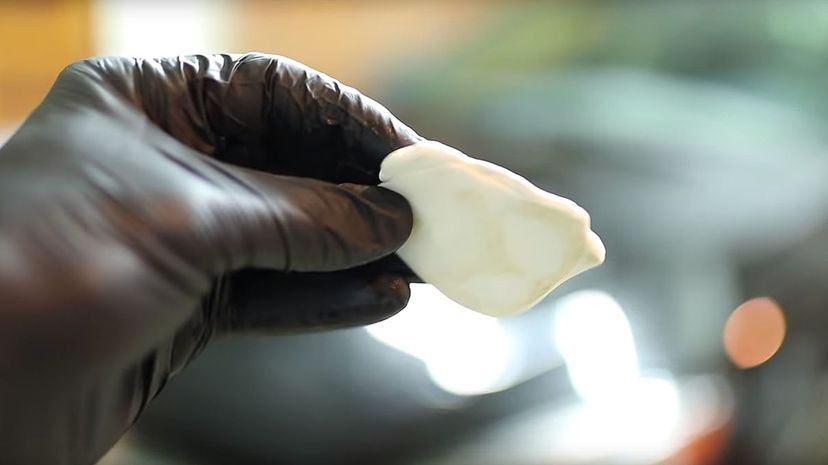
The world can be a dangerous place for automotive paint, even with a clear coat! Everything from acid rain to driving behind the wrong semi-truck can embed microscopic particles into your clearcoat. The process is extremely simple yet incredibly time-consuming if done correctly. When complete, you'll be able to see more of a shine in your paint but also feel a new level of smoothness as well.
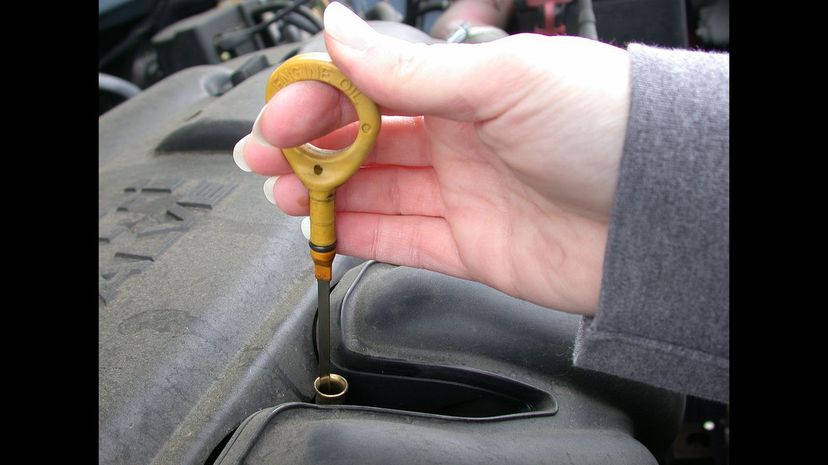
The travel of oil throughout the engine, combined with the excessive heat, eventually takes its toll on oil and transforms it from clear honey to dark brown. Dark brown to almost black isn't typically a problem unless it's the consistency of mud. In this circumstance, you're facing some oil contamination, such as dirt from going off-road, and further inspection is necessary.
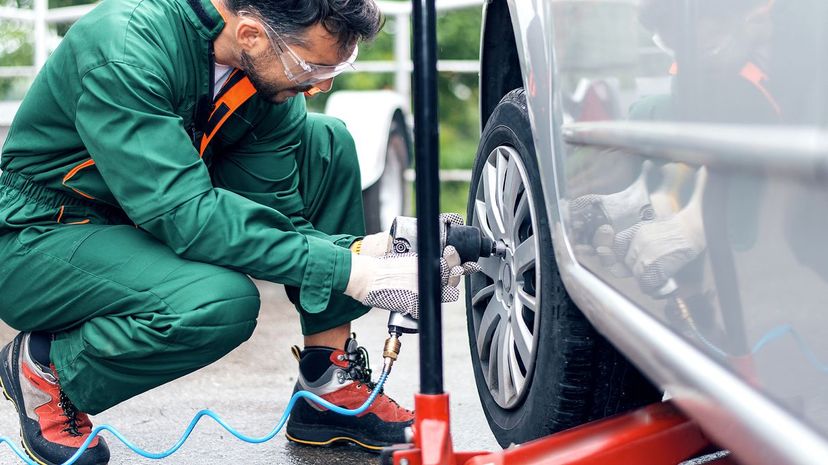
How you rotate your tires depends solely on the type of car you have, and there is no cut and dry correct universal rotation pattern. For vehicles with staggered tire set-ups, side to side is the only feasible way to rotate. On front-wheel drive vehicles, a star pattern is preferred to even out the wear on the drive wheels. Four-wheel drive vehicles are a combination of both of those patterns. See, it's not that easy!
Advertisement
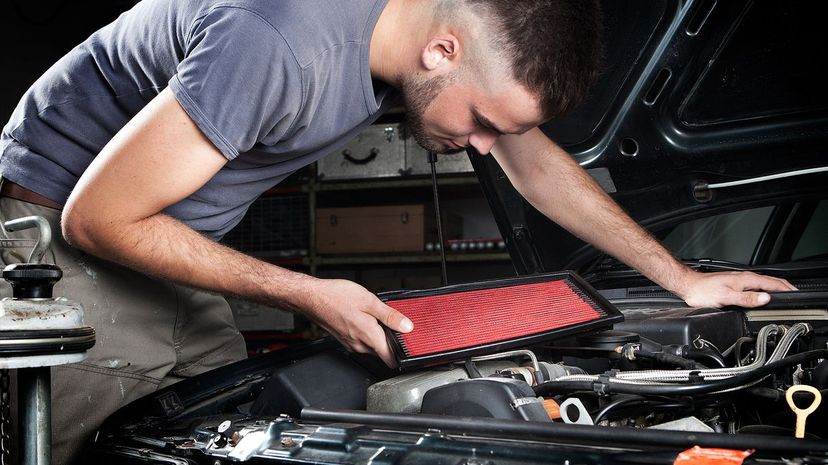
Typically changing the engine air filter every 30,000 or so miles is perfect, with some brands even pushing that figure to 45,000. The truth of the matter is that depending on your driving situations, that number can be drastically less. Areas with sand and dust storms, excessive pollen and gravel roads can almost cut that figure in half. A visual inspection is never a bad idea when it comes down to this easy to do car maintenance chore!
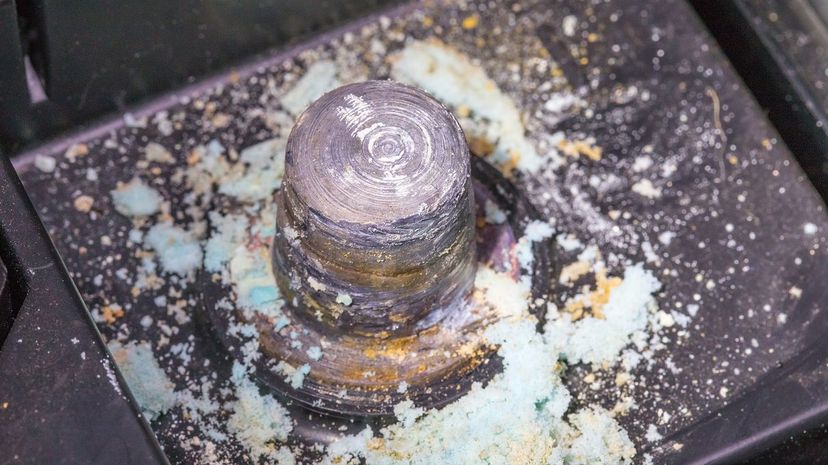
Word of warning, battery corrosion is extremely toxic and should not come into contact with the skin. The best way to prevent corrosion is to treat the terminals with dialectic grease or even petroleum jelly. If the corrosion has gotten so severe that your car will no longer start, a wire brush can be used to agitate the corrosion off of the battery terminals.
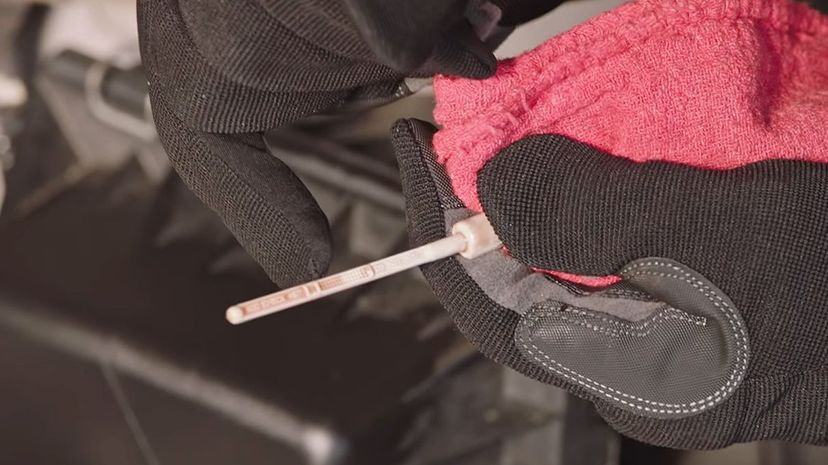
Automatic transmissions are a little bit of magic and a whole lot of moving parts. To get the best fluid reading, make sure the transmission is warmed up, and you've gone through all of the gears. Doing this will distribute the fluid into all of the nooks and crannies and give you an accurate reading. Fluid levels vary between vehicles, but the liquid itself is healthy when it appears shades of red or mahogany.
Advertisement
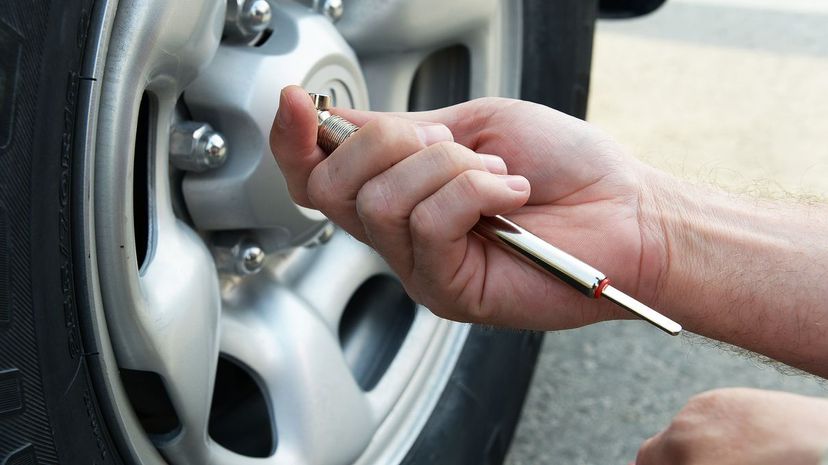
Proper tire inflation is one of the easiest to overlook, but most important parts of any maintenance regimen. While you may only find yourself checking your oil once every two weeks or more, it's not a bad idea to check your tires weekly. Tire pressures can change drastically when hot or cold, be it from use or ambient temperatures. Consult with your favorite tire professional to find out what your optimum tire pressure should be.
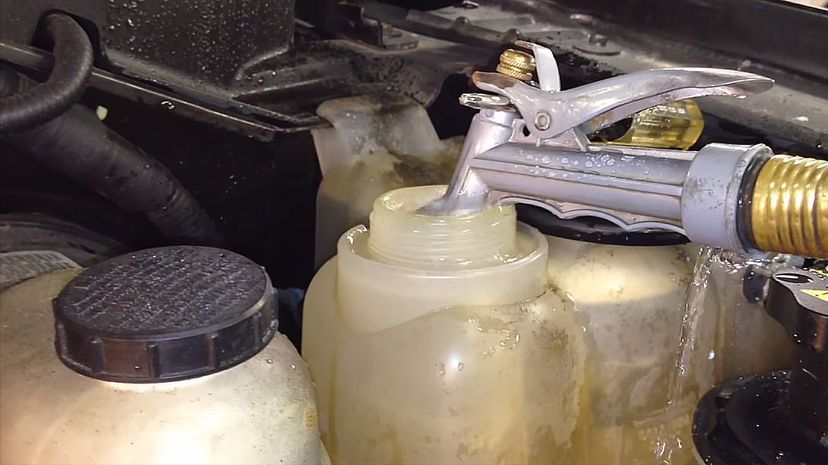
The coolant system of your car might seem like the radiator because that's what steams when something goes wrong, but it's much more complicated. Coolant becomes acidic after prolonged use and can begin to eat away at valuable components such as the thermostat and water pump. Both of these can be costly repairs and easily avoided by regular interval coolant flushes.
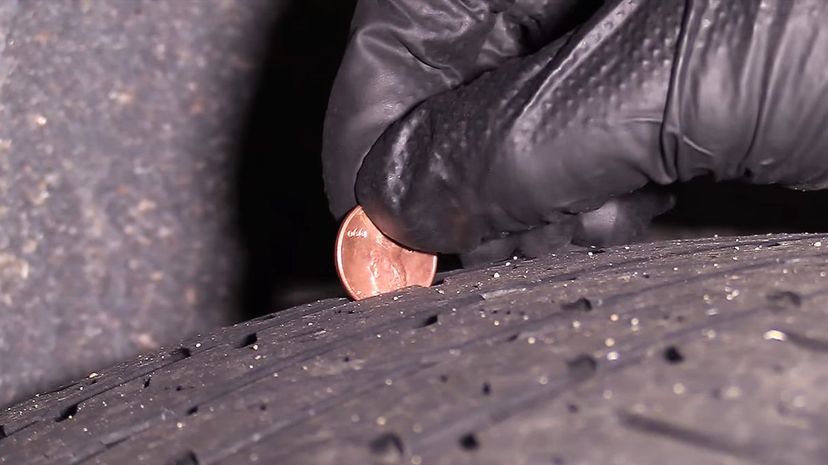
The penny trick works on almost all tires and is an incredibly easy way to gauge how quickly you need new rubber. Place an upside-down penny into the tread of the tire, with the top of Lincoln's head going first. If the rubber covers some of his head, you're all set for your next road trip. The more of Lincoln's head you see, the quicker you're going to need fresh tires for your car.
Advertisement

The turn signal is one of the most simplistic systems of your car and an excellent representation of how electricity works. When the circuit isn't complete, due to a corroded light terminal or burnt out bulb, the current meets a different resistance level and blinks at a rapid rate. More modern cars have more technology behind their turn signal indicator lights, but they still work on this basic principle.

Although cats are known to crawl up into engine bays to seek warmth, a high pitched howl whenever you turn is a symptom of a problem with your power steering system. This could be something as easy as topping off your power steering reservoir or much more complicated like a power steering pump. Keeping an eye on your power steering fluid levels is an excellent way of staying on top of things. Should the levels look low, more troubleshooting is in order.

This is a loaded question, and some older vehicles that don't burn cleanly may need replacement more often. The recommended interval is variable between manufacturers, and even what kind of spark plug is used. Signs of bad plugs include rough idling, decreased fuel economy and even failure to start! Those little plugs are the catalyst that initiates the explosion to make the car run, so you had better take good care of them!
Advertisement
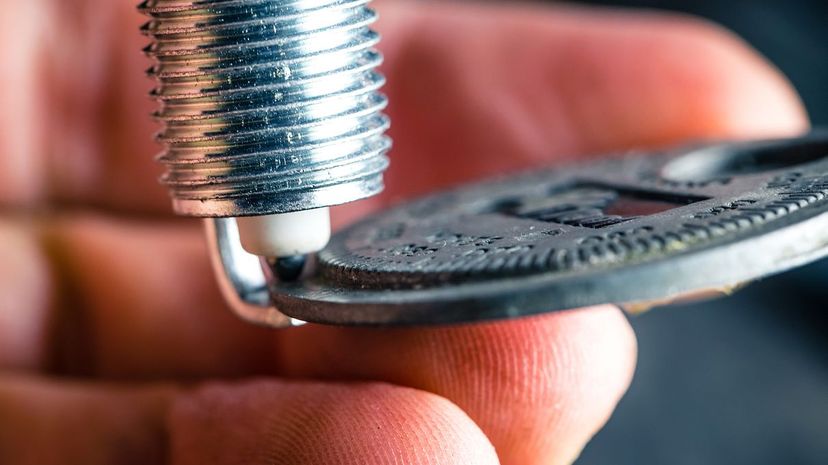
If you look at the anatomy of a spark plug, the gap is the area at the tip between the hooked area and tip. This area is where the magical spark happens. In the case of an improper gap, the spark emitted could be too large, creating excessive heat or even the opposite. Modern spark plugs come with a preset gap, and some manufacturers are also producing gap-less plugs.
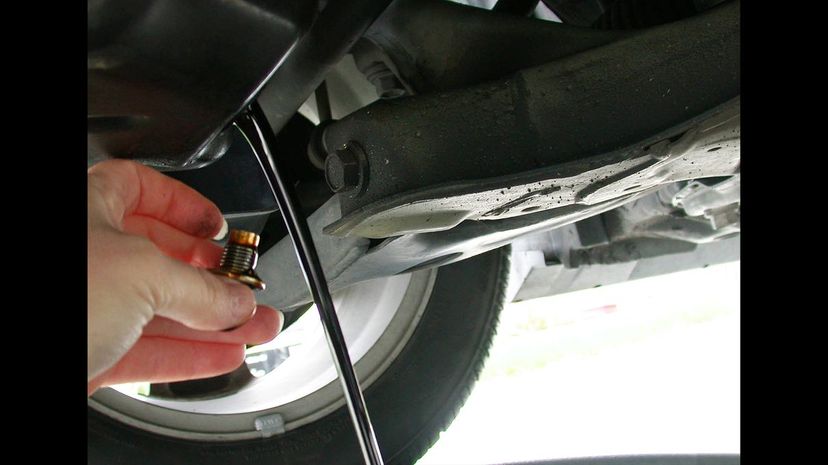
Oil changes are one of the most important parts of vehicle maintenance, and given the right tools, just about anyone can do one. The plug is removed, and the used motor oil is drained to make room for the fresh replacement. The draining process should be allowed to take place for as long as the car is still offering used oil. Many "quick lube" places rush the process and leave large amounts of spent oil in the engine, making the oil change less effective.

Vehicle alignment is a painless process for your car done by a professional alignment shop. This process adjusts your vehicle to compensate for wear and tear on parts and keeps your everything running on an even keel. Without proper alignment, stress points can occur in the system and cause excessive and premature wear in areas such as the power steering system or suspension.
Advertisement

Just like your house, a car has a fuse box to protect itself from power surges from all of its electrical components. Modern blade fuses require you to pull them out with a small set of pliers to visually inspect if the metal conductor inside the fuse is broken. Discontinuation of metal causes an interruption in the travel of electricity and causes components not to have power. Older vehicles do not have blade-style fuses, however, as glass fuses were used instead.
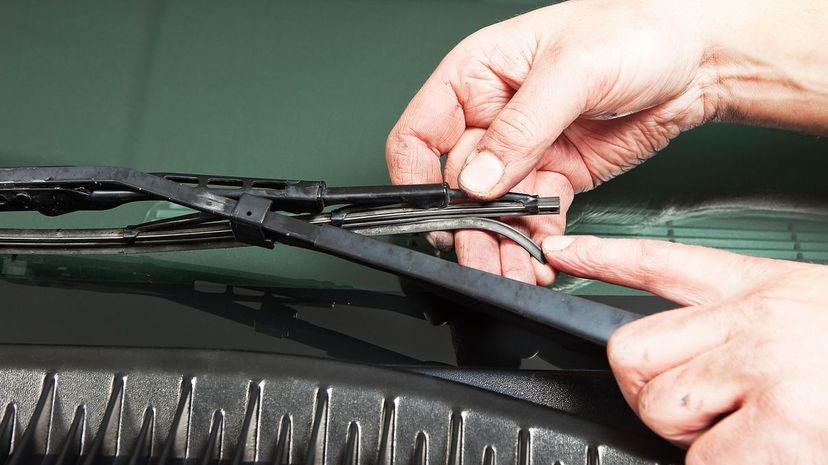
Much like many things with automotive maintenance, the interval of swapping out wiper blades varies on location. A wiper blade can get worn out quickly in the heat of Arizona, even though they aren't used for wiping. On the flip side, a wiper blade in Seattle that is continually clearing rain will wear itself out from excessive activity. Failure to replace them at appropriate intervals can not only leave you in a dangerous driving position should a monsoon sneak up on you, but the rubber can also become hardened and scratch into your windshield.
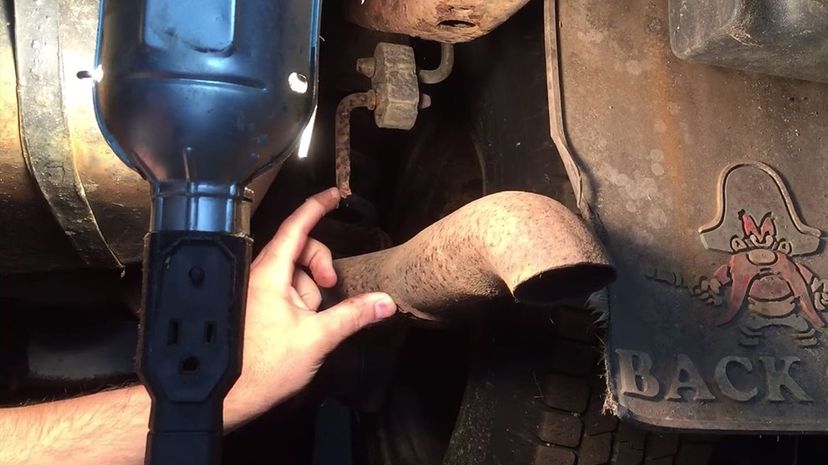
Broken exhaust hangers are common on older cars in areas with salted roads. The salt on the road and the underside of a vehicle have a toxic relationship, and components such as the exhaust hanger can rust break. An exhaust system can become incredibly hot, so a quick fix has to be something that can take extreme heat without melting, such as a wire hanger. Tapes and ropes can quickly melt and cause a mess.
Advertisement
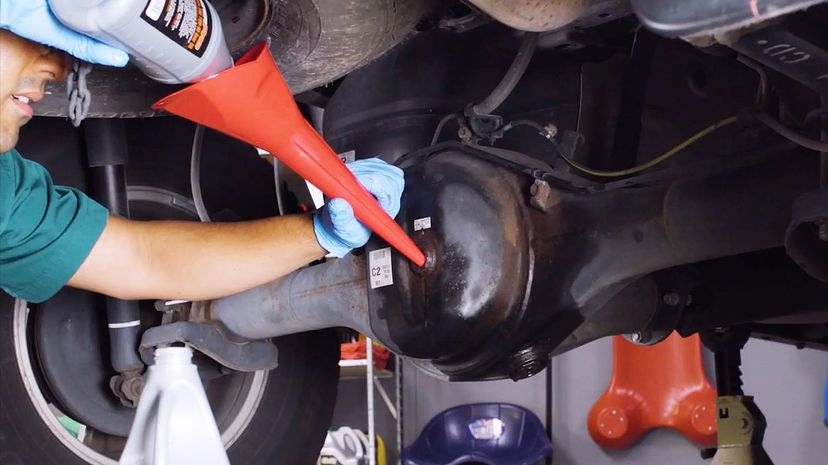
Whether you know precisely the inner workings of a differential or not, it's crucial to take care of it. Think of it as the part that encourages wheels to roll by creating a handshake between the transmission and axle! Changing the differential fluid regularly can help prolong the life of your transmission. If you wait until your differential starts to whine for help, it might already be too late!
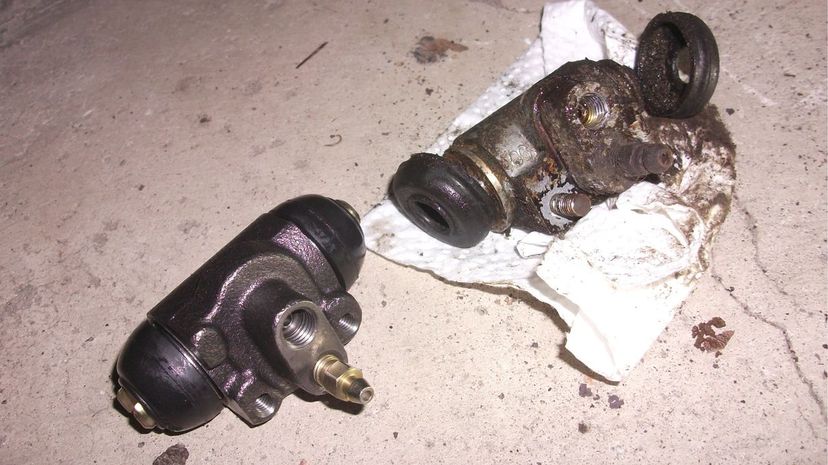
Just like any other car maintenance, proactive assessment of fluid levels is always your best weapon to protect yourself from automotive surprises. After countless cycles of instigating braking, the master cylinder can wear out just like any other component of your car. Your braking style, like if you tailgate and have to slam on the brakes often, will determine how long your cylinder will last. The easier you are on the brake pedal, the longer it will last.
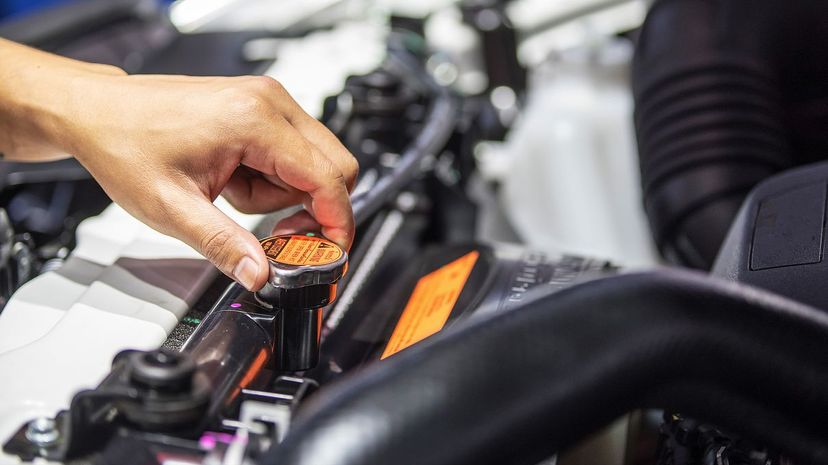
A great way to visualize why it's a bad idea to take the cap off of a hot radiator is to imagine a pot of boiling water with a lid. As that water boils and rolls, it creates steam that rocks the lid, trying to escape. A radiator is like that pot of water, but with an incredibly tight lid. All of the pressure behind the cap can actually become explosive and severely burn you should you open it up. Always wait until the engine cools down before trying to check your fluid level.
Advertisement
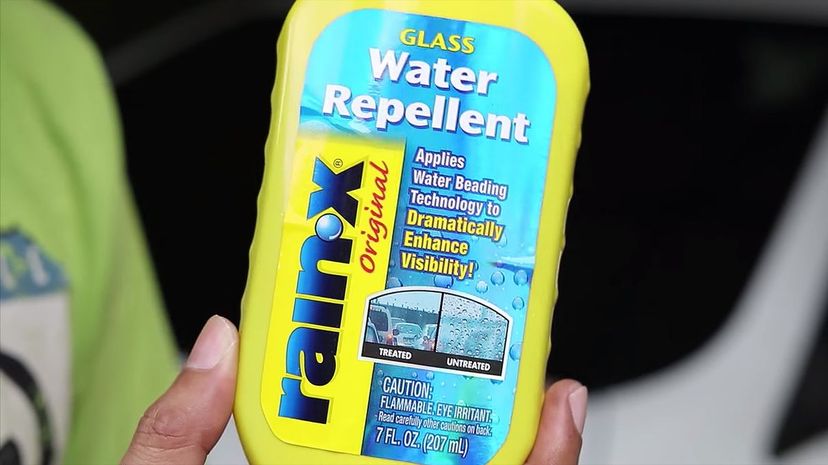
This simple maintenance practice can increase the efficacy of your wipers and keep you safer while driving in bad weather. Proper application is important, though! Make sure you apply your rain repellent product to a clean, dry windshield and buff it into the glass as you would a paste wax. You can also use a hydrophobic spray wax to achieve the same result.

The internet is full of jokes about oil change places pushing cabin air filter changes, but it's not a laughing matter. It may be an easy way to tack on $30 to your oil change bill, but it will also keep allergens from blasting you in the face every time you turn on the defroster. The interval of swapping out filters depends on your climate and driving conditions, much like a regular engine air filter. Those who live on dirt roads and areas with high pollen count need to change more frequently.
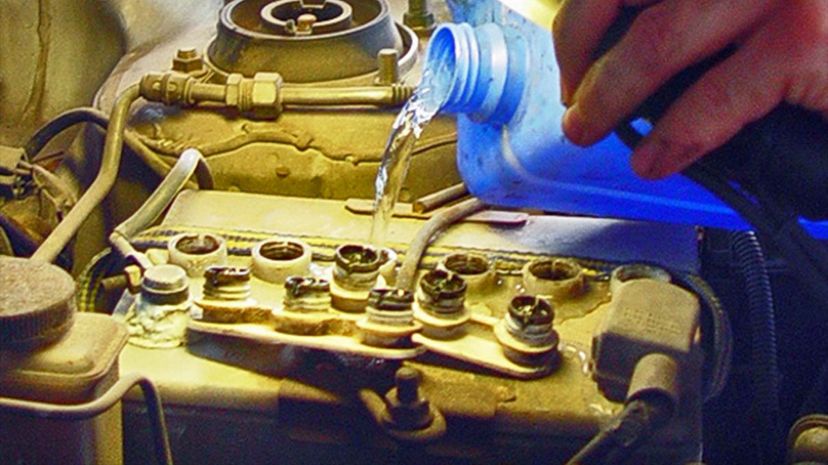
The battery in a car can bring you to a standstill quicker than almost any component. Inside of a battery are plates that need to be covered in water to allow the chemical reactions to occur. As these chemical reactions happen, the oxygen and hydrogen evaporate, and the water level will drop slowly; therefore, water needs to be added. Distilled water is the purest form, devoid of any minerals that would hinder the chemical reactions to occur and form a build-up on the plates.
Advertisement
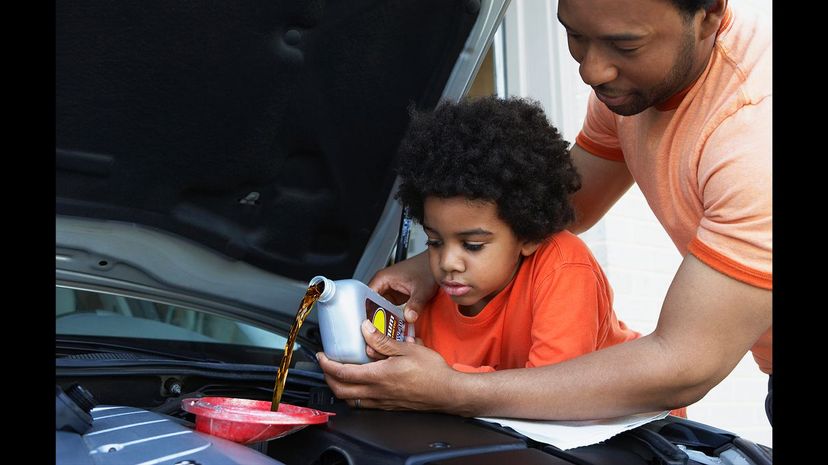
Oil is like the blood of your engine, and making an error in selecting the proper type can have some pretty serious ramifications. Smaller engines require lesser viscosity; higher mileage cars might need that same viscosity but a high-mile blend. Should you needed to add oil between changes, it's a good idea to consult the internet before dumping any old oil down your filler tube!

OBD stands for On-Board Diagnostics and can tell you a lot about how your engine is running. Standardization of the OBD port location has made it easy to find the approximate location. Still, the actual port itself may be behind a piece of trim or a spring-loaded door. These ports can also be used for reduced rates on car insurance through tattle-tale devices or even driveway tuning.
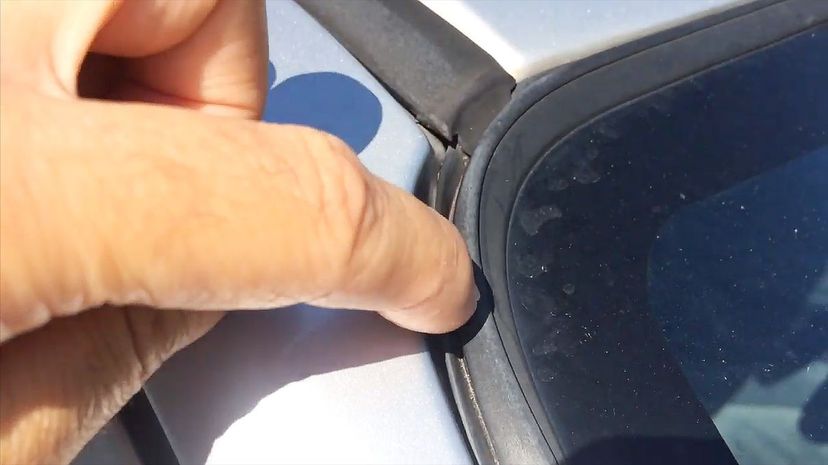
Getting into your can and realizing your floorboard has become a miniature swimming pool is an awful feeling that can be caused by several things. A blocked sunroof drain can allow water to work its way down the inner working of your headliner and find a resting place in the floorboard. This can be resolved by blowing the drain tube, which is much easier to deal with than a failed heater core. Heater cores tend to hide on the firewall and require extensive dash removal to replace.
Advertisement
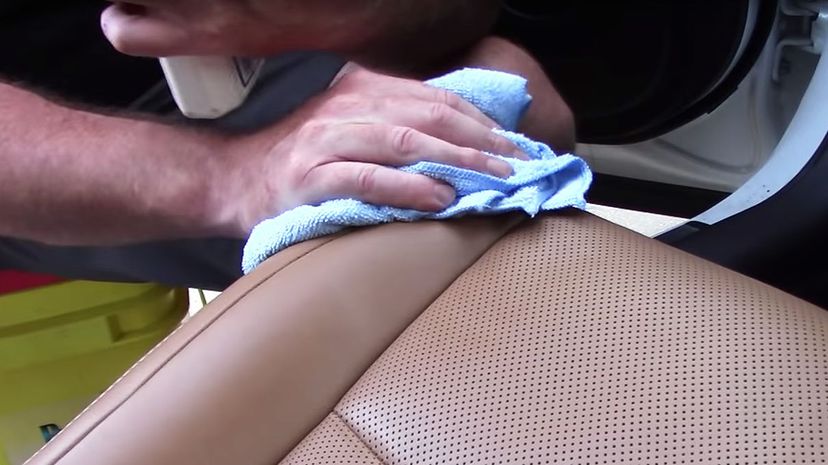
No matter what brand you use, conditioning leather seats is crucial to extending the life of your seats. The interior of a vehicle has extreme temperature variances, which without proper hydration, can lead to cracking and eventual tearing. Before applying a good leather conditioner, it is crucial to clean the leather with and approved cleaner to enhance the absorption of the conditioner. Conditioning the leather will also cut down on the amount of wear you see where your bottom sits on the seat.
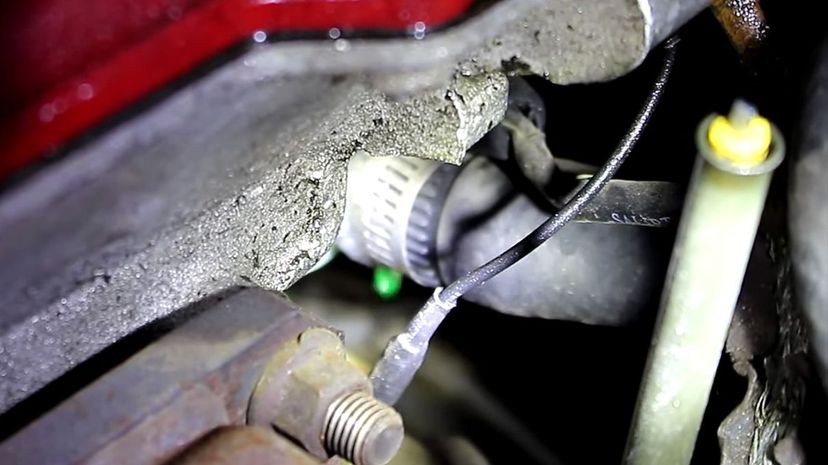
Diagnosing where exactly it is coming from can be an incredibly tricky task, seeing as how some cooling systems can snake through the entire engine bay. It could be as simple as a hose with a hairline crack dripping on a hot engine, or it could be as complicated as a heater core. Just remember, always keep your eye on the temperature gauge and be aware of any abnormal scents coming into your cabin except, of course, the occasional skunk.
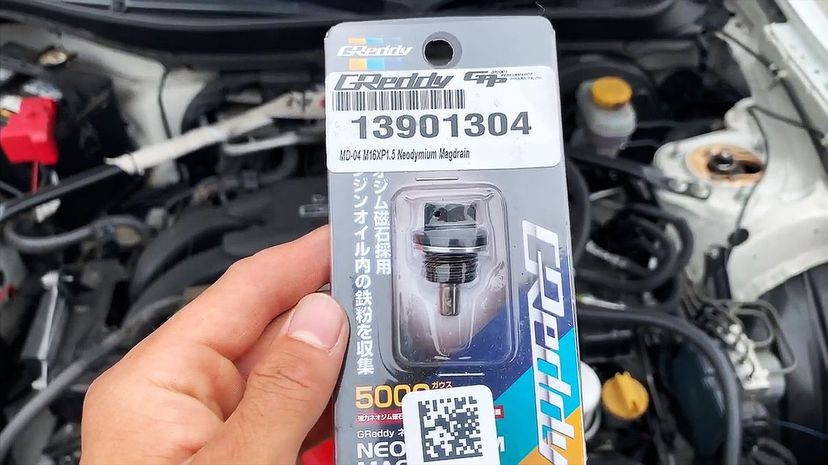
As engines work hard transporting you from point A to B, their internal parts get worn. As the surface becomes worn, the eroded metal has to go somewhere, and that place is your oil. By trapping these little shards in one place, it prevents them from causing more abrasion being re-circled through the engine. Before you rush out and buy a magnetic oil plug, know that they are only useful on steel engine blocks.
Advertisement
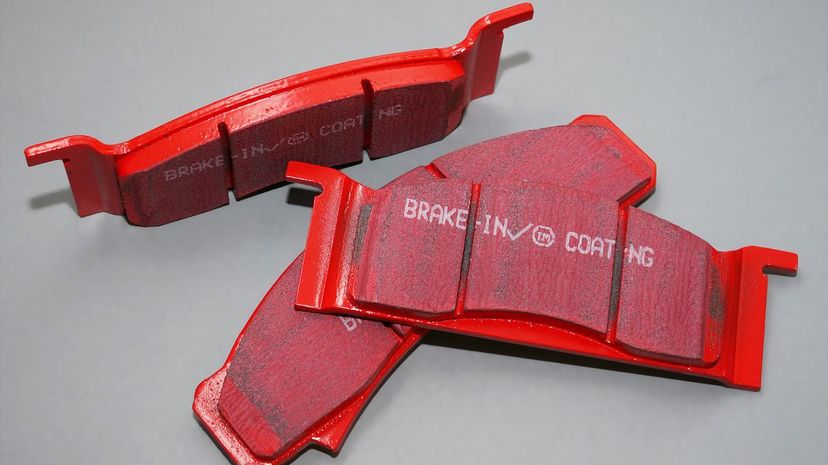
Brake pads have pro's and con's across the board, and there isn't one that is better for cruising than others. Semi-metallic pads are better suited for higher-performance driving but aren't the best as far as longevity is concerned. Ceramic pads leave virtually no brake dust but are expensive to replace. In contrast, non-asbestos organic pads are cheap but have to be replaced more often. Who knew brake pads were so complicated!
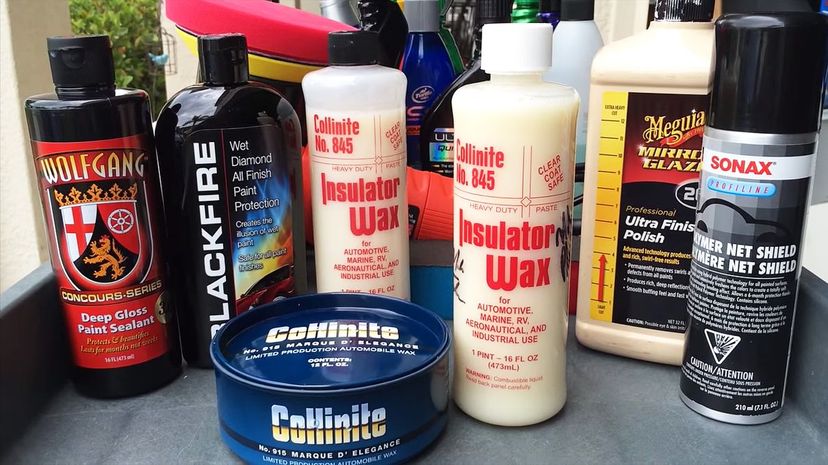
Automotive wax is only as good as the person who applies it! The easier the application process, the more likely it is that places will be missed and be left vulnerable to the elements. Insulator wax offers the benefits of paste wax without the white residue on trim pieces that conventional wax has. New on the scene is the process of ceramic coating, which also offers the same protection, but at almost triple the price.